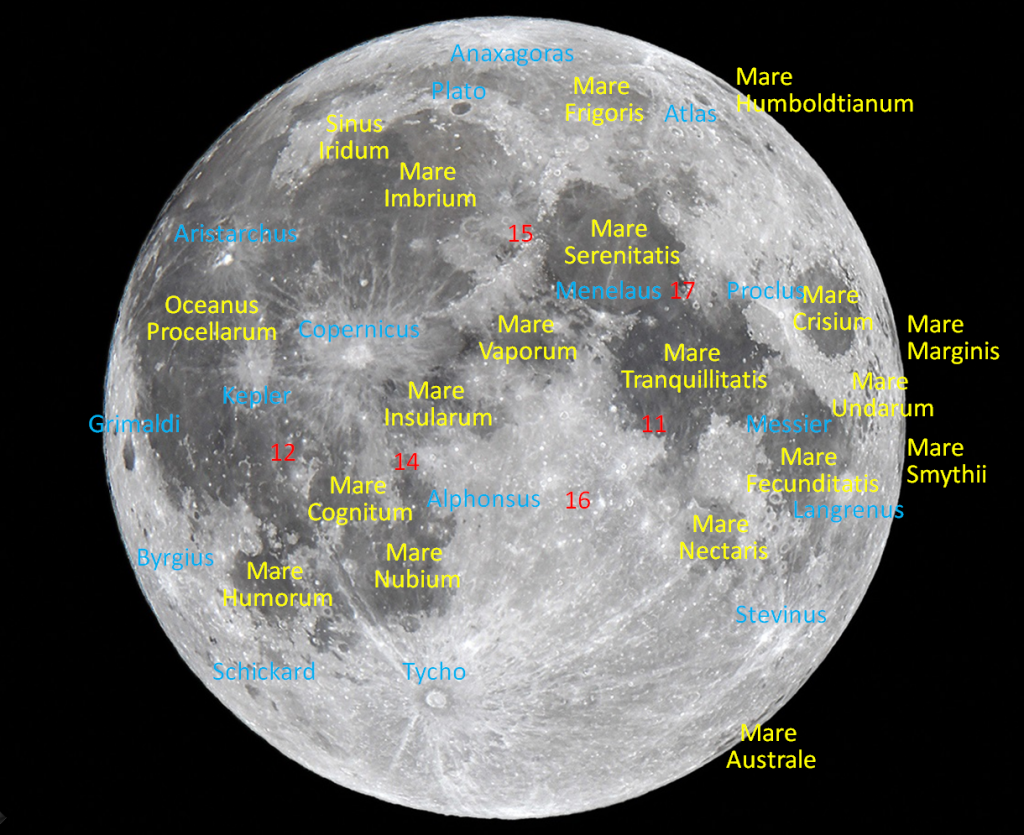Comet Pons-Brooks, Our Clocks Click Forward, the Moon Appears Pretty, Eyeing Australe, and Stars Guard the Pole Star!
Malcolm Park captured this terrific widefield image of Comet 12P/Pons-Brooks on March 4 2024. The Andromeda Galaxy is prominent at the upper right, and the triangulum galaxy is fuzzy at top left. This week the comet will travel between the two widely separated bright stars Mirach (above centre) and bluish Alpheratz (below centre). Enjoy more…
Read more









